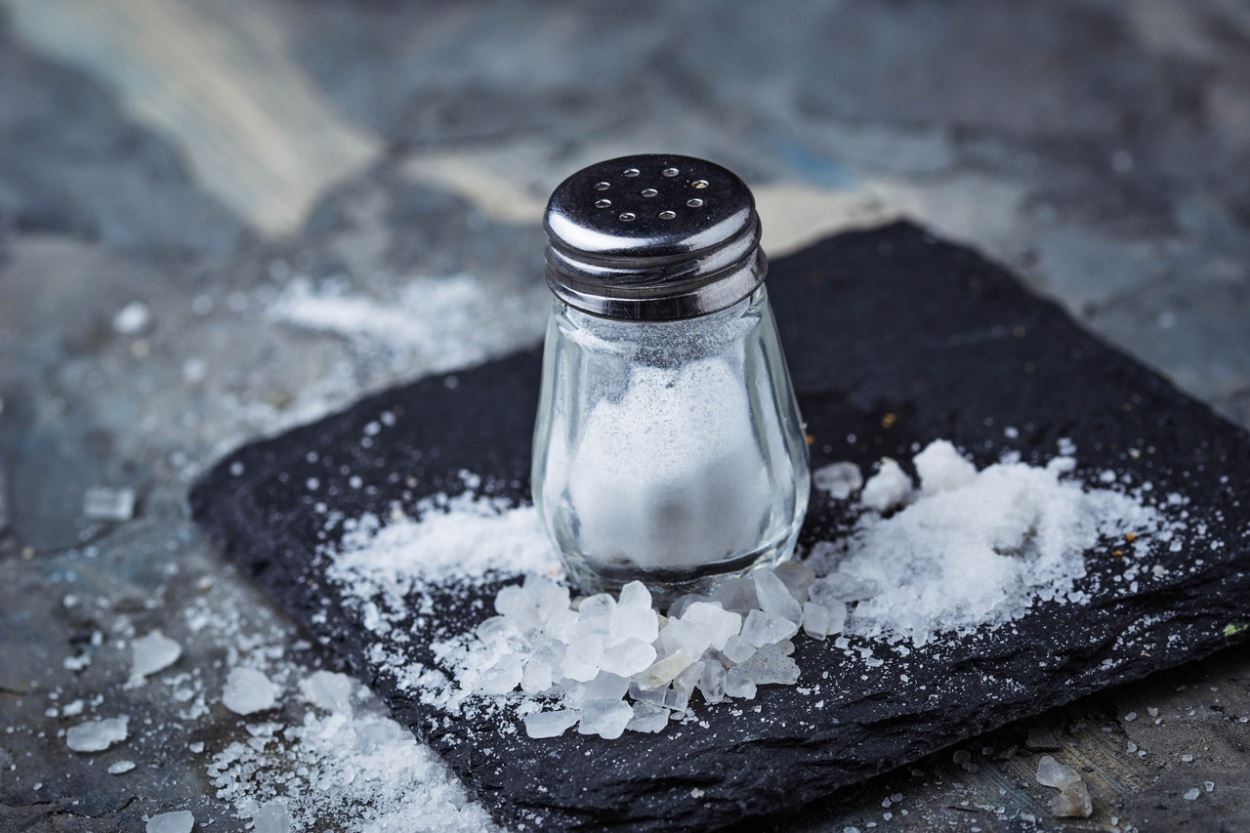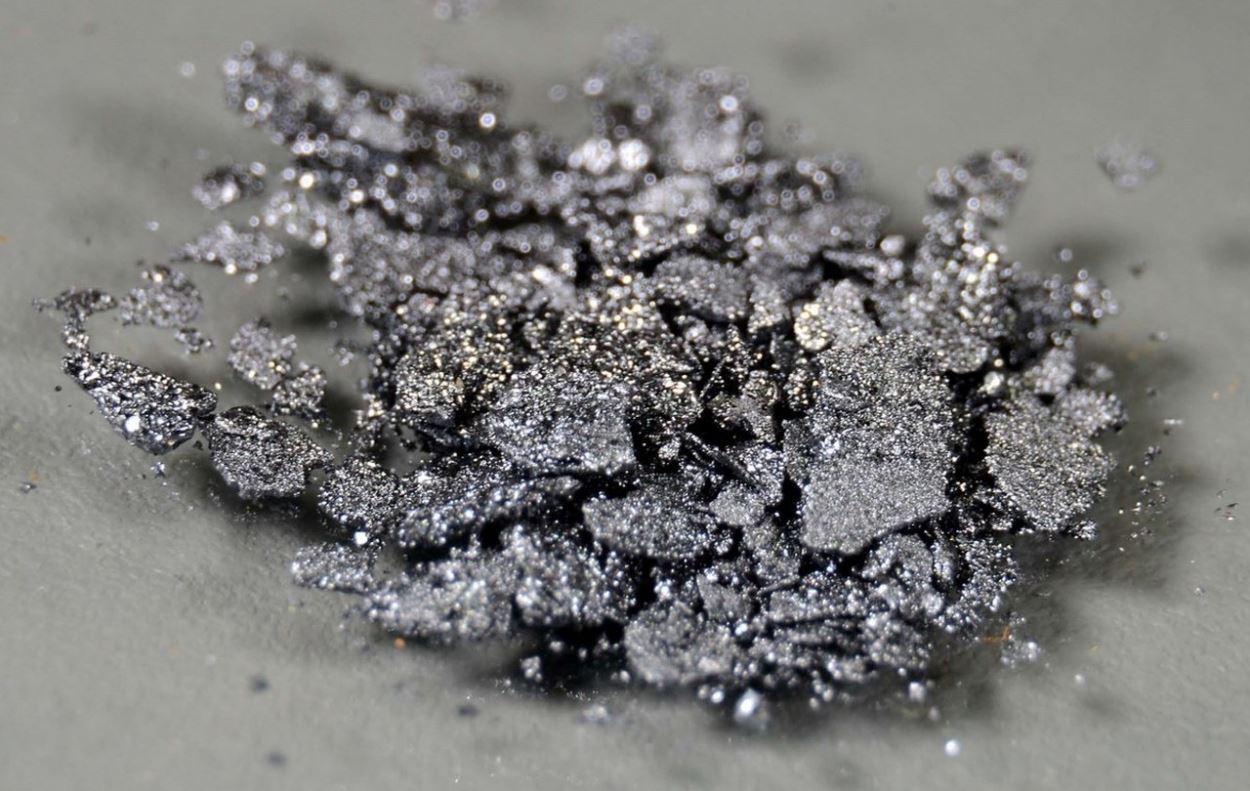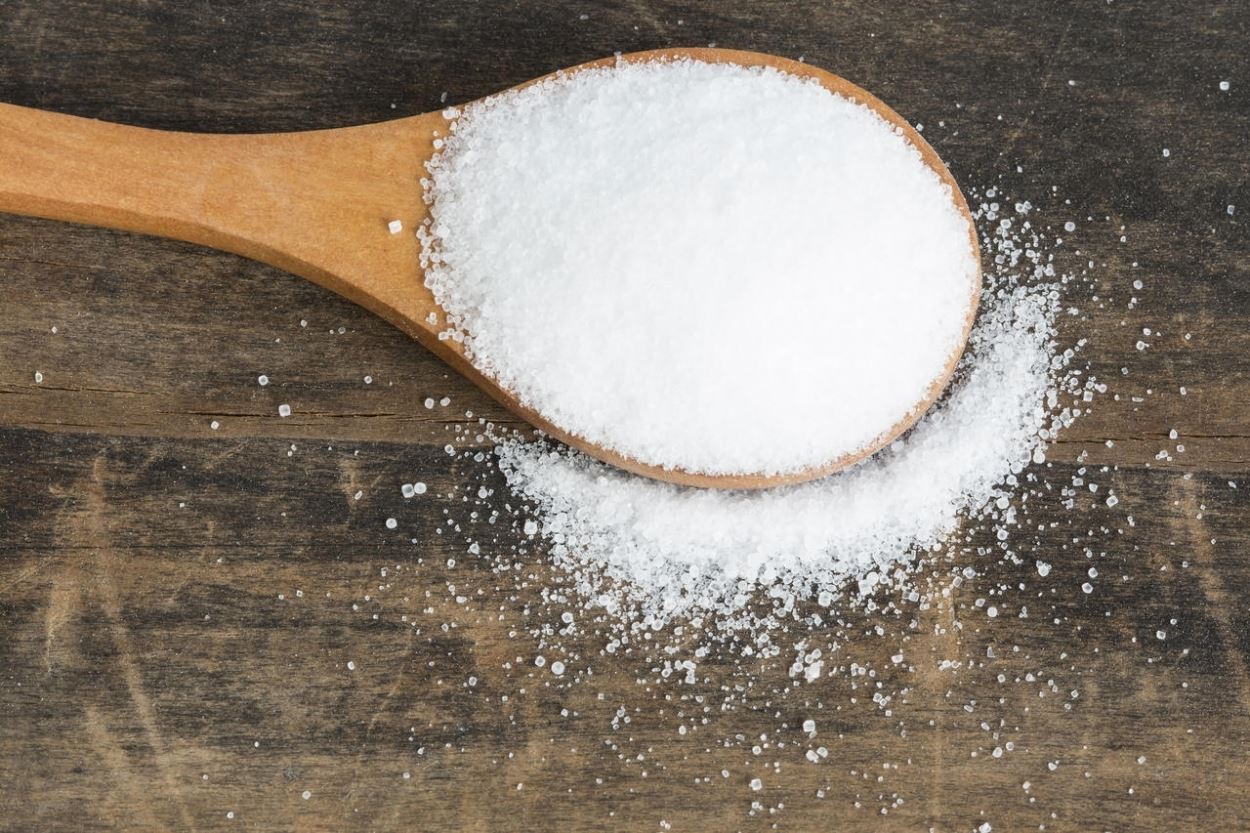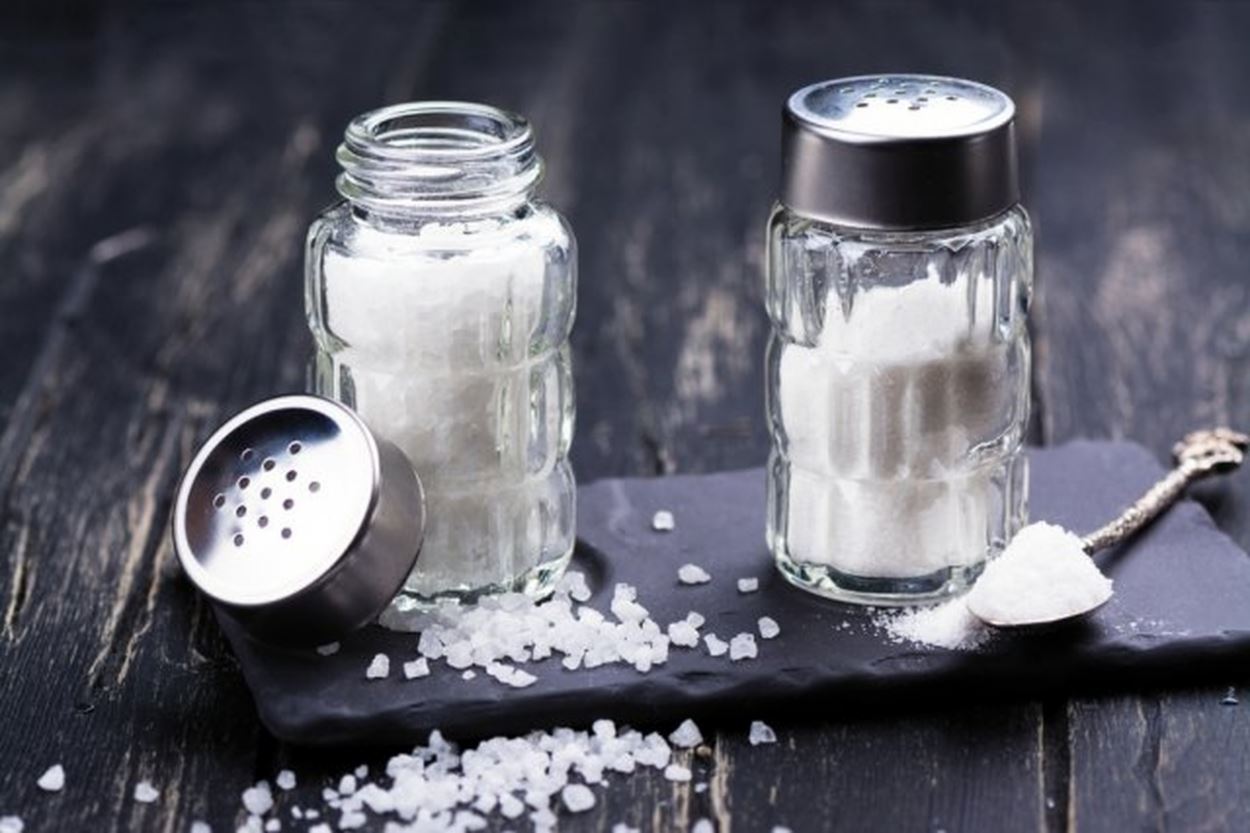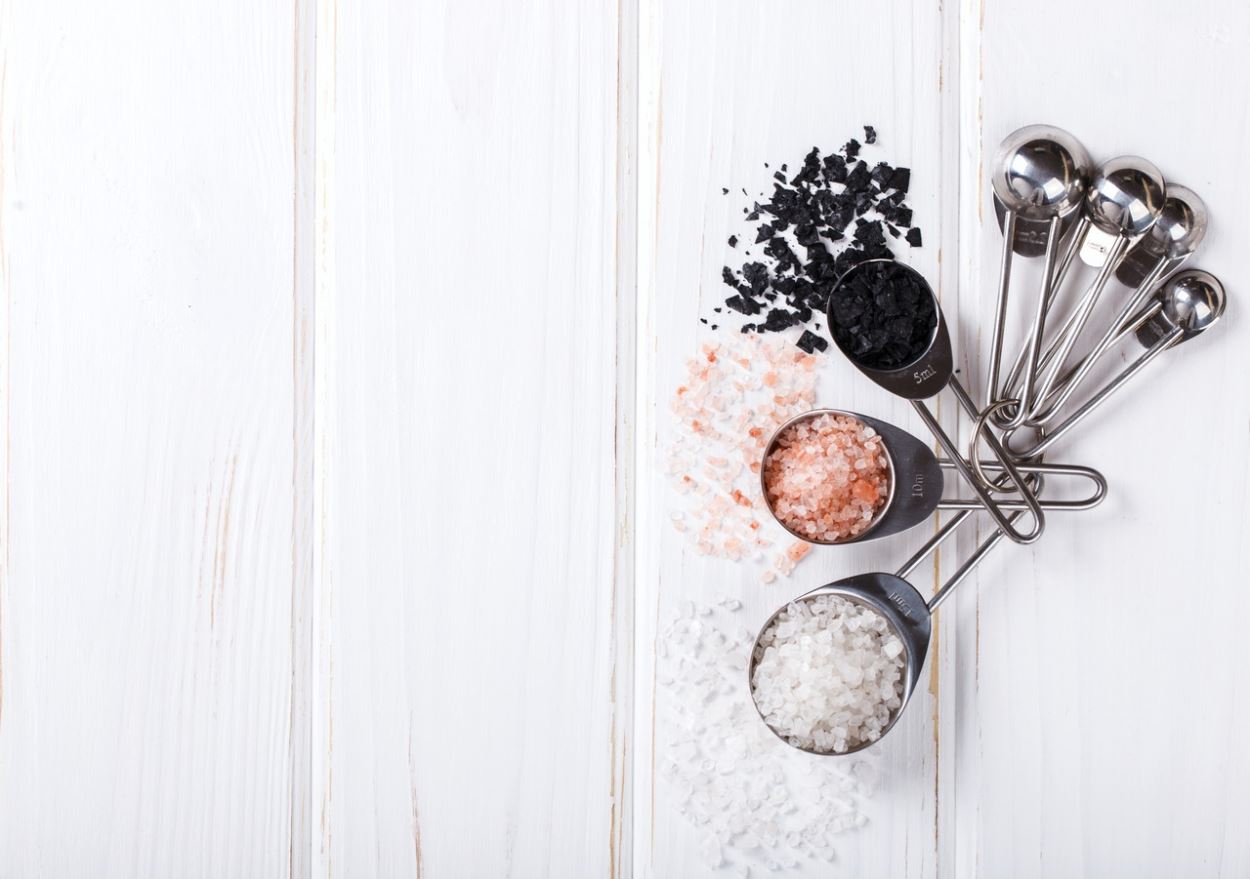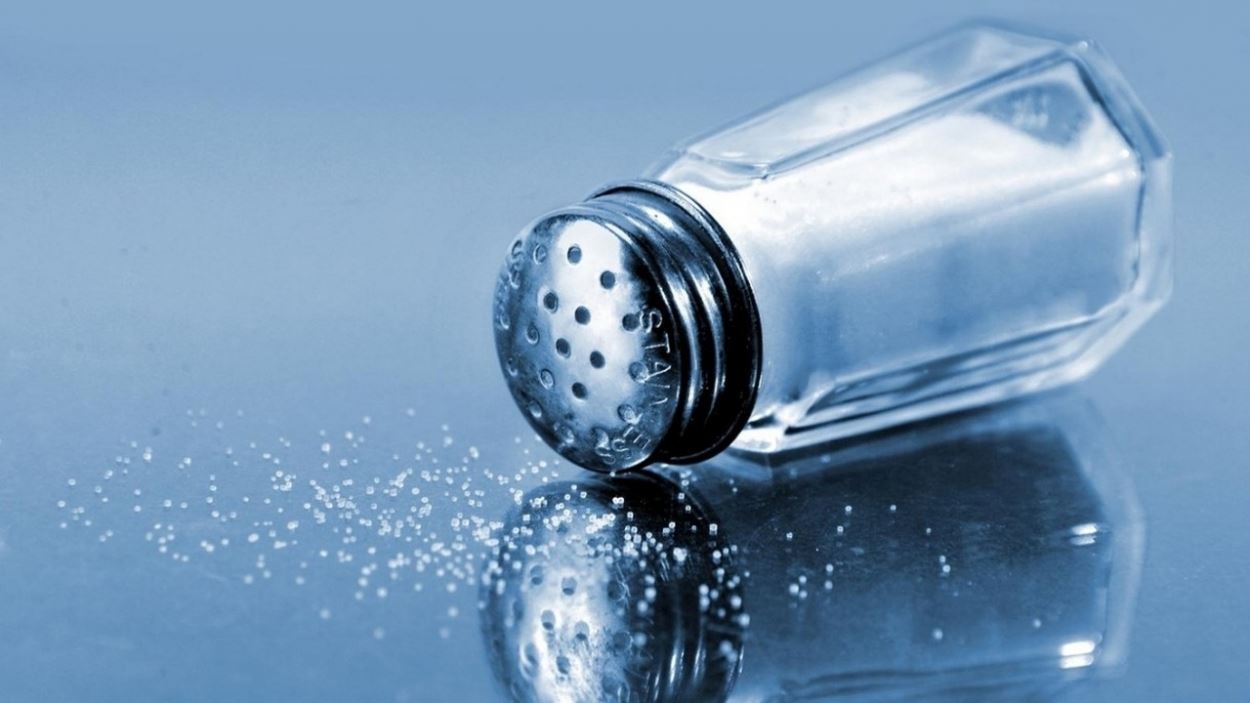What Is Non Iodized Salt? Is It Better For You?
2020-10-28(241312)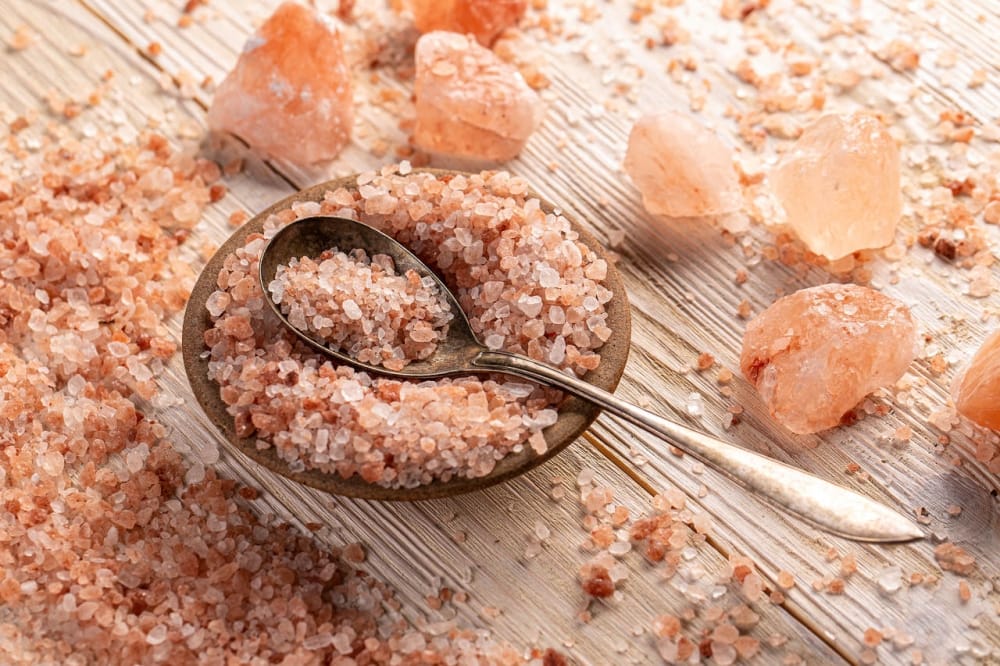
When you check out the shelves to buy table salt, there are two primary options. To buy iodized salt or to buy non-iodized salt, that is the question. Both non-iodized salt and regular salt are essential for their nutritional benefits and savory seasoning foods to enhance the flavor.
There are many claims of one being better than the other, but the issue here is to know the difference between salt and iodized salt and which one is better ‘for you.’
As Koyuncu Salt, world-class salt exporter, we will walk through the questions, “what is non iodized and what is iodized salt” and everything you need to know about iodized and non-iodized salts, in this article.
Before giving a non iodized salt definition, let’s fully understand what iodized salt is.
What Is Iodized Salt?
Iodized salt is basically salt to which iodine is added. Iodine is a trace mineral found in trace amounts in some foods like eggs, vegetables, and seafood. The body needs iodine however, it cannot make iodine naturally. That is why humans need to take iodine from foods.
Since iodine is found in minimal quantities in foods, it is also added to table salt in many countries to prevent iodine deficiency.
Fun Fact About Iodine
When we dive into history to bring out fun facts about iodine, we come across to the coincidental discovery of iodine. Back in 1811, Bernard Courtois accidentally noticed the violet fumes coming from his seaweed extraction tank.
He owned a factory that produced potassium nitrate. It was the major component of gunpowder and high in demand by the military at that time. He used vegetable matter as a source of potassium nitrate, such as seaweed.
One day, when the large tanks, which were used to extract seaweed, were being cleaned, a particular amount of acid was used. Then, violet fumes started to emerge and condense on the cold surfaces of the tank into dark and metallic-looking crystals.
A sample from this strange new element was sent to a French scientist, Joseph-Louis Gay Lussac, and thus, iodine was found. It gained its fame as an essential nutrient.
Why Is Iodine Added to Table Salt?
The thyroid gland requires iodine to produce thyroxine. Thyroxine is a crucial hormone that is responsible for many body functions. Adding iodine to table salt is a way of eliminating the chances of iodine deficiency, which is easily preventable but also has serious negative effects on the proper functioning of the body.
Also, as iodine is found in trace amounts in food, iodized table salt provides a simple solution to iodine deficiency.
Iodine Deficiency
We have mentioned that iodine deficiency is caused by insufficient iodine intake in the body, and it is an easily preventable health issue. But, what does iodine deficiency cause?
● Iodine deficiency causes the thyroid gland to overgrow, which is known as goiter disease. It causes dwarfism and cretinism in extreme cases. Around the 1920s, a lot of people started to add iodine to salt to reduce the goiter cases. It was extremely effective in reducing incidences all around the world.
Do we need iodized salt? Iodized salt is just a solution to prevent iodine deficiency. If you take the daily iodine intake sufficient from food, you might not need iodized salt.
● Iodine deficiency can cause mental retardation.
● It has harmful effects on the development of the brain during childhood.
Iodized Salt Benefits
What are the benefits of iodized salt? Iodized salt:
● Prevents goiter,
● Helps combat other symptoms of iodine deficiency such as deafness, developmental problems, breast cysts,
● Can add iodine to any food without altering its taste.
What Is Non Iodized Salt?
Both iodized salt and non-iodized salt look the same, taste the same, and feel the same. Then, what is non iodized salt? Non-iodized salt is salt without the addition of iodine. It consists of sodium and chloride.
Still, table salt is processed after being harvested. During this process, some additives and anti-caking agents such as sodium aluminosilicate, silicon dioxide, and magnesium carbonate can be added to the table salt. So, even if iodine is not added to it, other agents that enhance the taste and elongate shelf life might be included in the production.
Do you know how to identify salt? You may like our article, “How Can You Identify a Salt?”
Iodized vs. Non Iodized Salt
You may ask, “if they look and taste the same, what is the difference between iodized and non iodized salt?” The thing is you need to look at salts at a chemical level to tell the difference. Iodized salt consists of iodate in it as well as some anti-caking agents and some dextrose.
These additives are necessary for iodized salt because they prevent the potassium iodide from evaporating and clumping.
Can You Use Iodized Salt Instead of Non Iodized Salt?
Now you know the answer to “what is non iodized salt?” In terms of appearance, texture, and taste iodized and non-iodized salts are the same. You can use one instead of another and achieve the same flavor.
However, when we talk about non-iodized salts, there is a wide range of salt types we can include such as pink Himalayan salt, pickling salt, and kosher salt. When you need the special taste, texture, grain size, or color of these types of non-iodized salts, iodized table salt cannot be a good substitute. For example, you cannot make pickles with iodized table salt.
When to Use Iodized Salt and When to Use Non-Iodized Salt
You can use iodized salt as your everyday table salt that you use for cooking, seasoning and flavoring. It dissolves fast in dishes and helps supplement the necessary iodine intake in your diet.
Keep non-iodized salt at hand for special applications such as when you need texture or finishing touches to compliment your dishes. For example, you can use kosher salt or sea salt for their coarse texture, pink Himalayan salt to add final touches and color to a steak or salad.
There are more types of salt than you think there is. Curious? You might like our article, “How Many Types of Salt Are There?”




